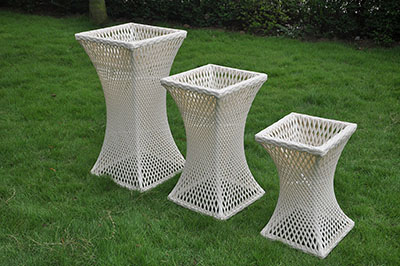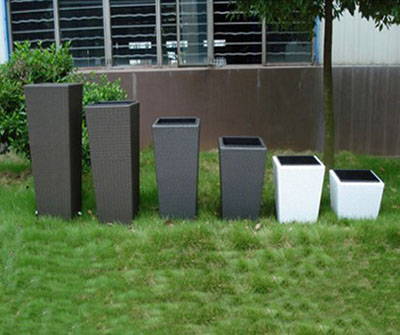Any screen printer who thinks that the number of screen meshes is only a variable of the screen structure will only affect the deposition of the printing ink, and he will have troubles. The diameter of the wire mesh and the weaving method, i.e. plain or twill, have a great influence on the thickness of the printed ink film. Wire mesh suppliers will provide detailed technical information on the wire mesh, the most important of which is the theoretical ink volume, which represents the amount of ink that passes through the screen mesh under certain printing conditions, and is generally expressed in cm3/m2. For example, a 150 mesh/cm screen with a mesh diameter of 31 μm will be capable of passing 11 cm3/m2 of ink. A screen with a mesh diameter of 34 μm and a mesh of 150 mesh will pass 6 cm3 of ink per square meter, corresponding to 11 and 6 μm thick wet ink layers. It can be seen from this that the simple expression of 150 mesh will give you a distinctly different thickness of the ink layer, which results in a great difference in color.
With the improvement of the screen weaving technology, to get a certain number of diagonal twill screens instead of plain weave screens, although sometimes this possibility, but the possibility is small. Sometimes wire mesh suppliers store some old twill meshes. In general, these meshes have a theoretical 10% change in ink volume. If you print fine-grained images with twill weave screens, fine lines break more than plain screens.

